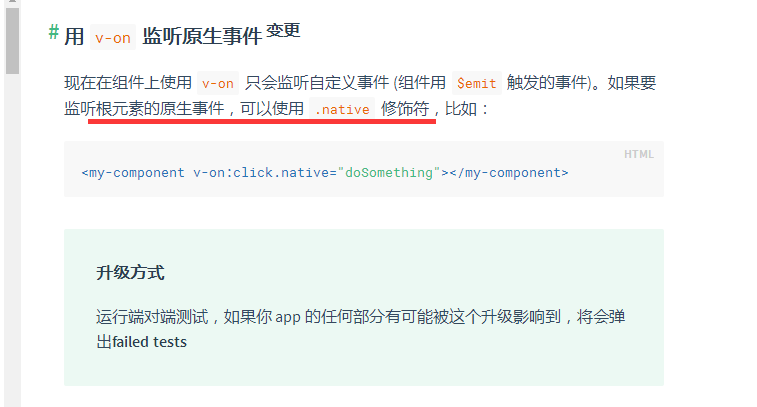<template>
<el-form :model="ruleForm2" :rules="rules2" ref="ruleForm2" label-position="left" label-width="0px"
class="demo-ruleForm login-container" >
<h3 class="title">系统登录</h3>
<el-form-item prop="account">
<el-input type="text" v-model="ruleForm2.account" auto-complete="off" placeholder="账号"></el-input>
</el-form-item>
<el-form-item prop="password">
<el-input type="password" v-model="ruleForm2.password" auto-complete="off" placeholder="密码" @keyup.enter.native="handleSubmit2"></el-input>
</el-form-item>
<el-form-item style="width:100%;">
<el-button type="primary" style="width:100%;" @click.native.prevent="handleSubmit2" :loading="logining" >登录
</el-button>
</el-form-item>
</el-form>
</template>
@keyup.enter这里必须加上 .native 才能生效.


因为你@keyup.enter是写在一个封装好的组件上
如果你写在一个input上就不需要.native
至于为什么,请参考vue文档